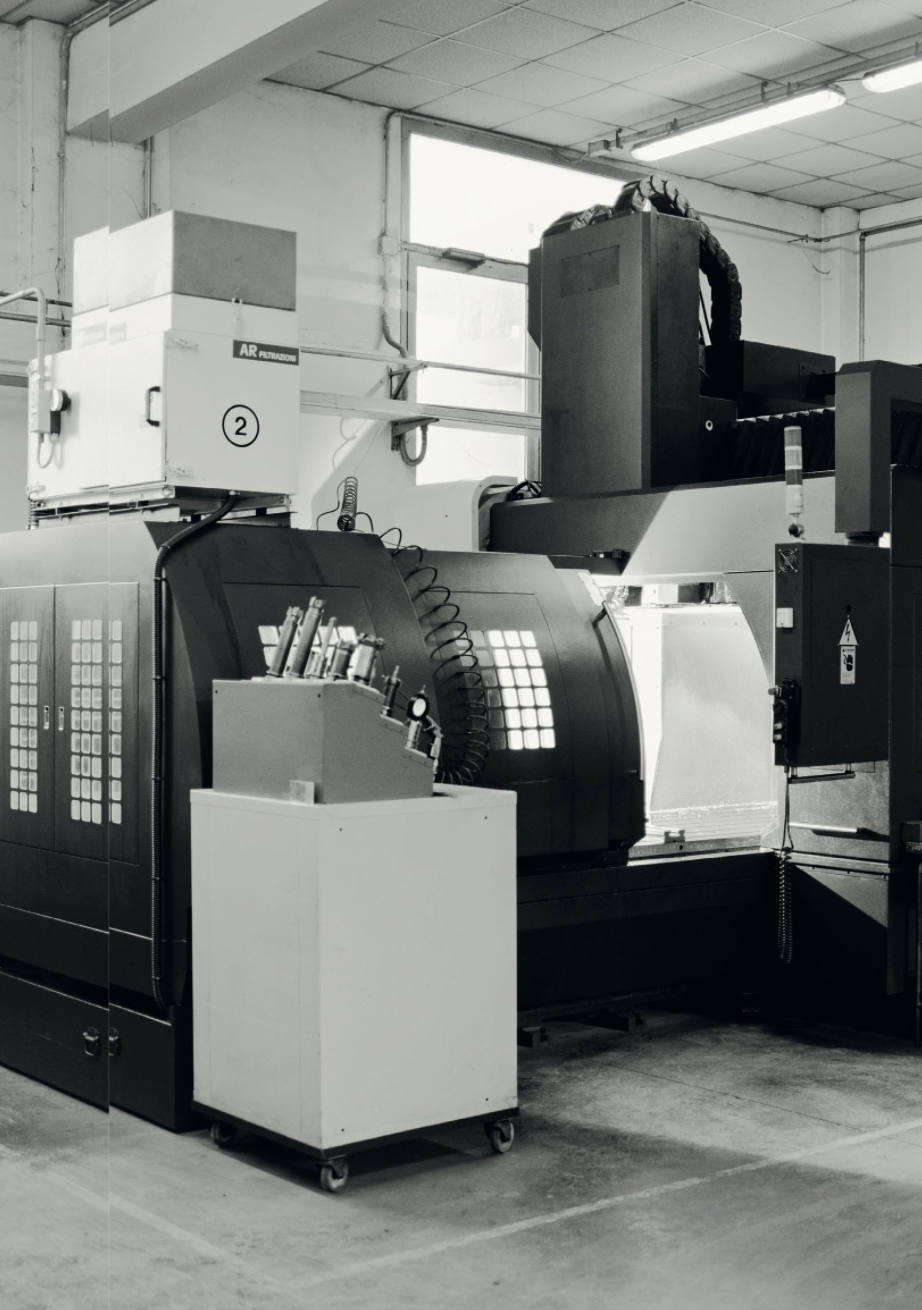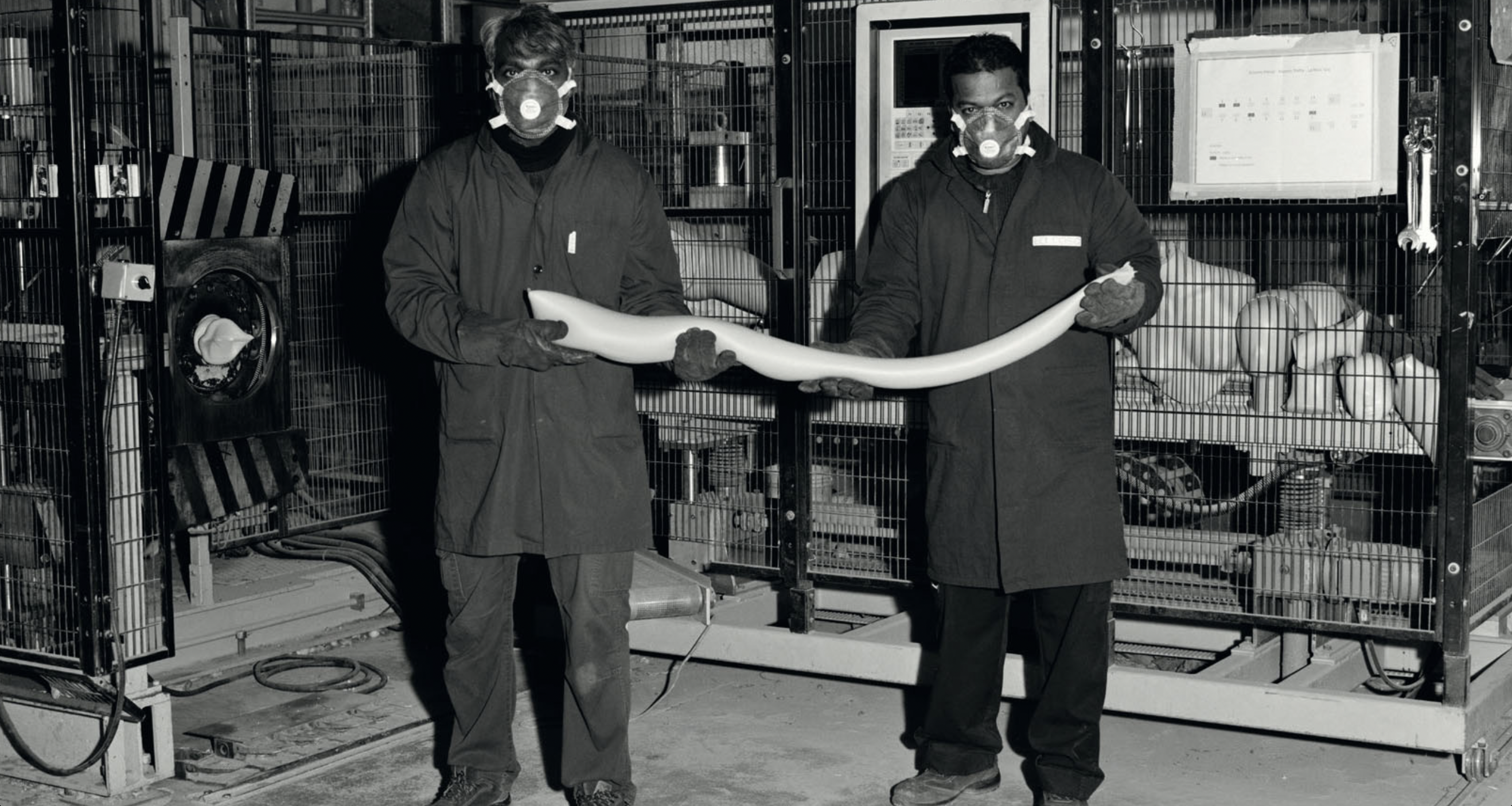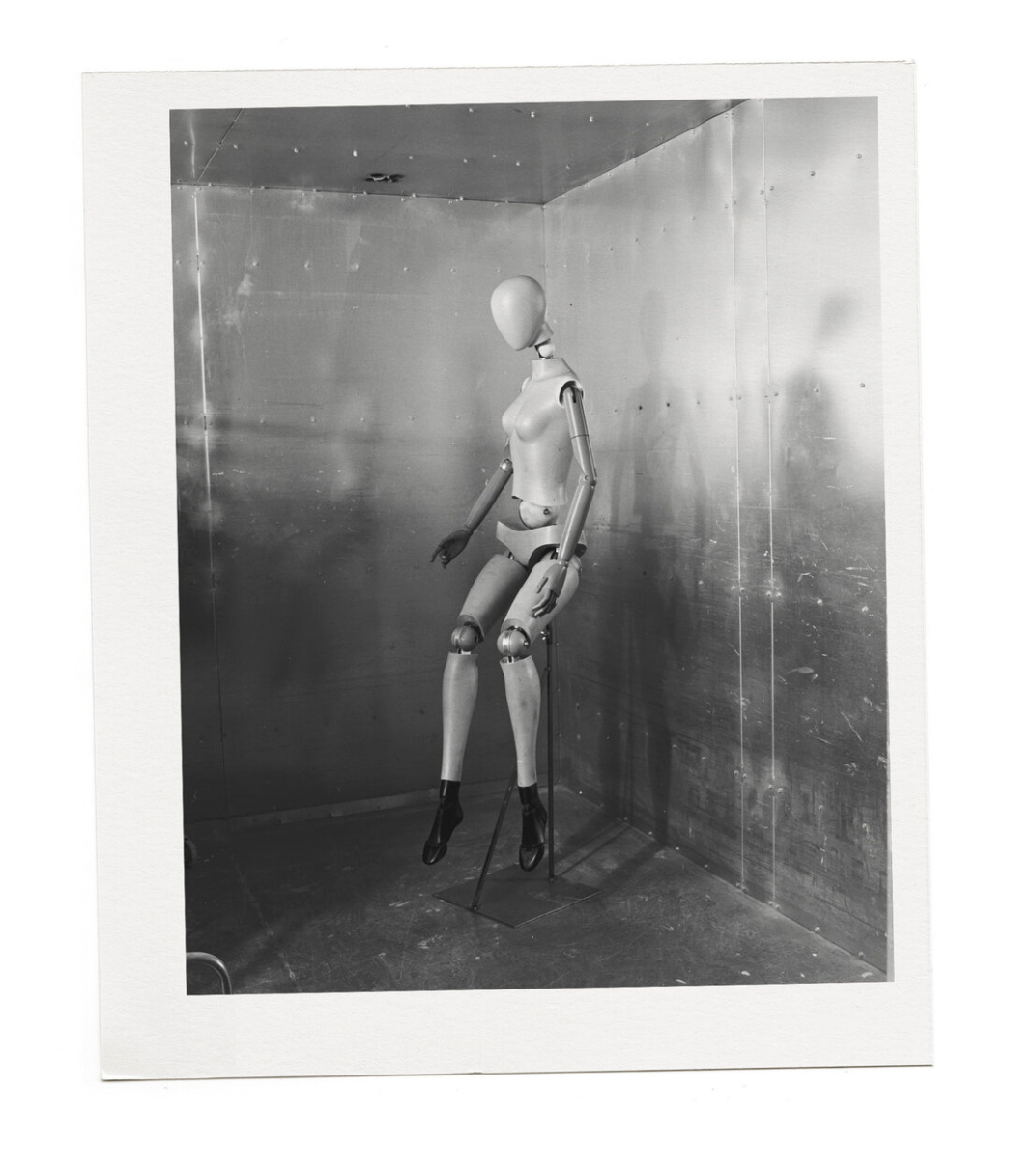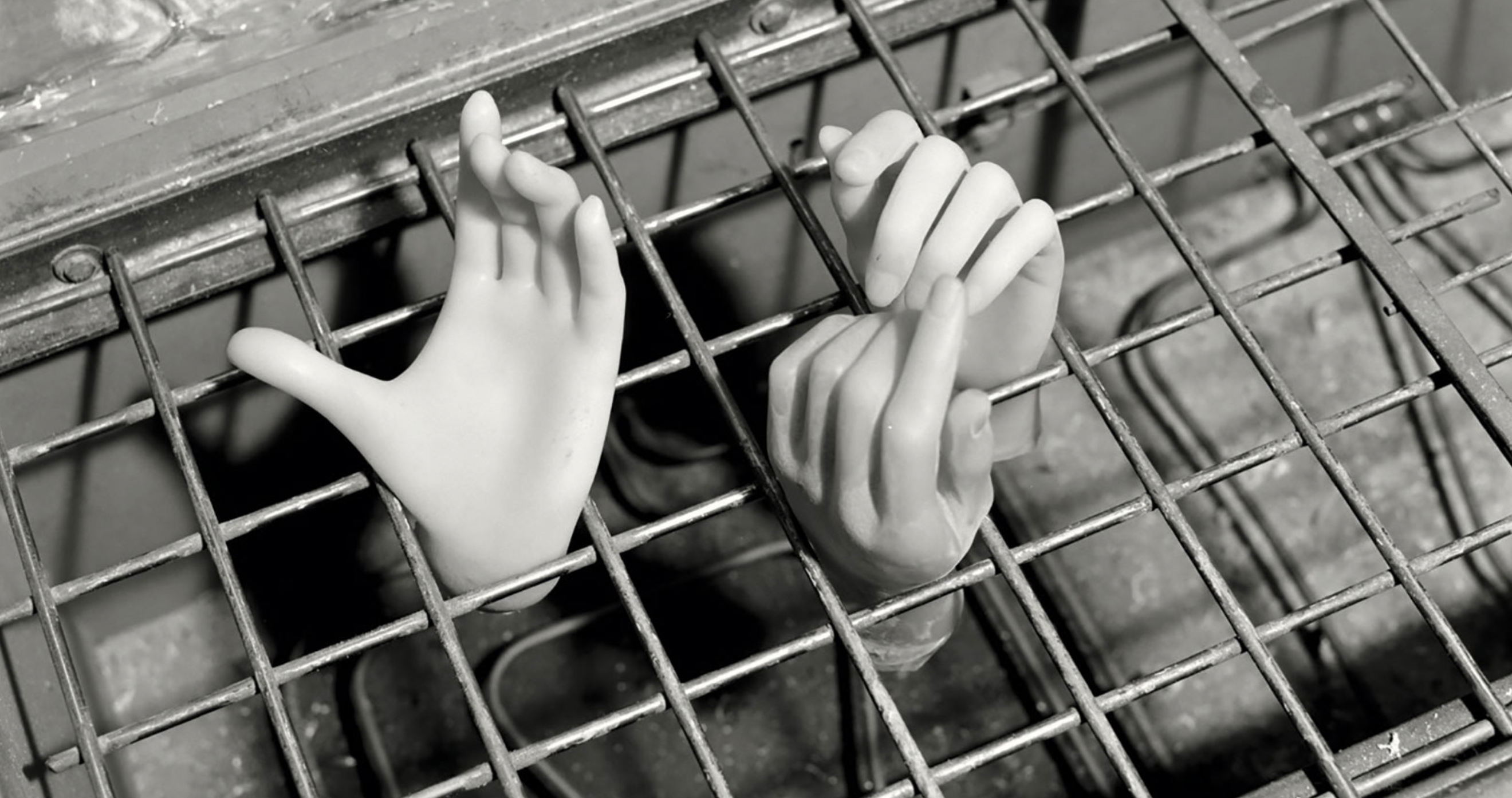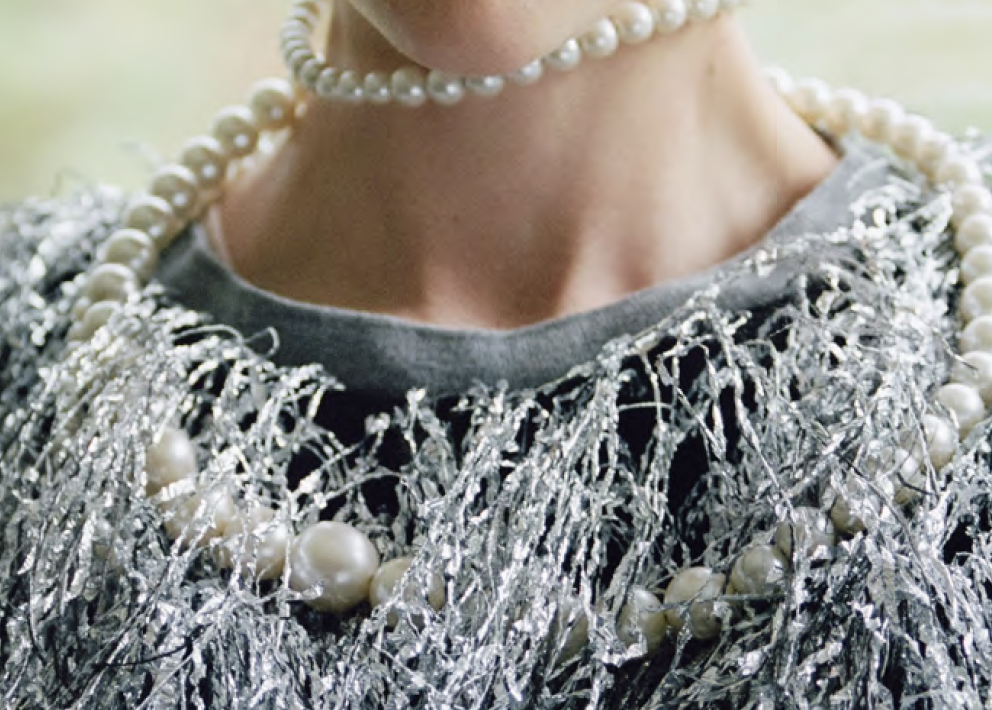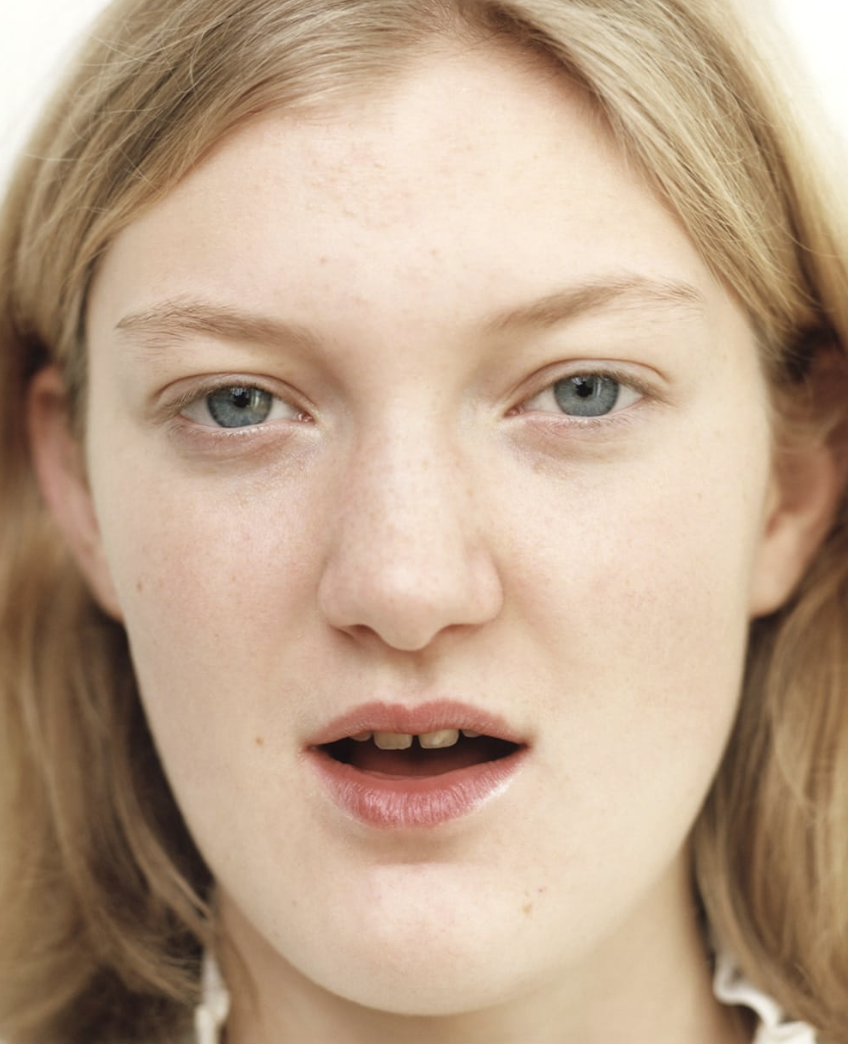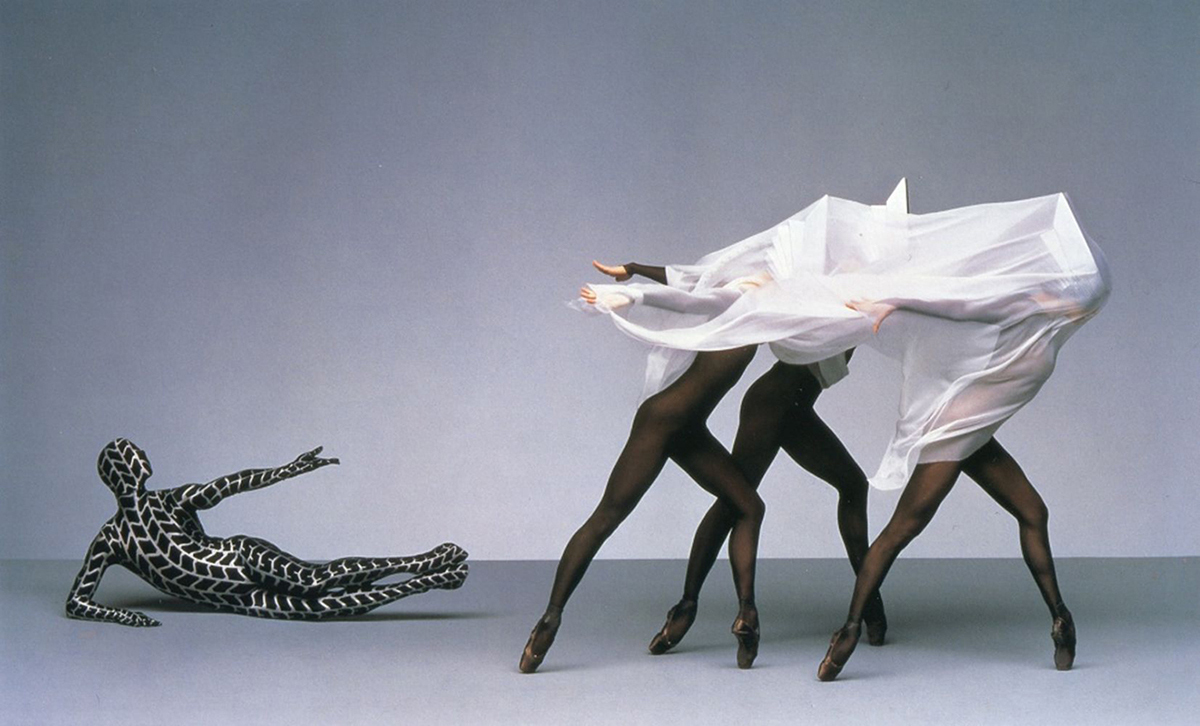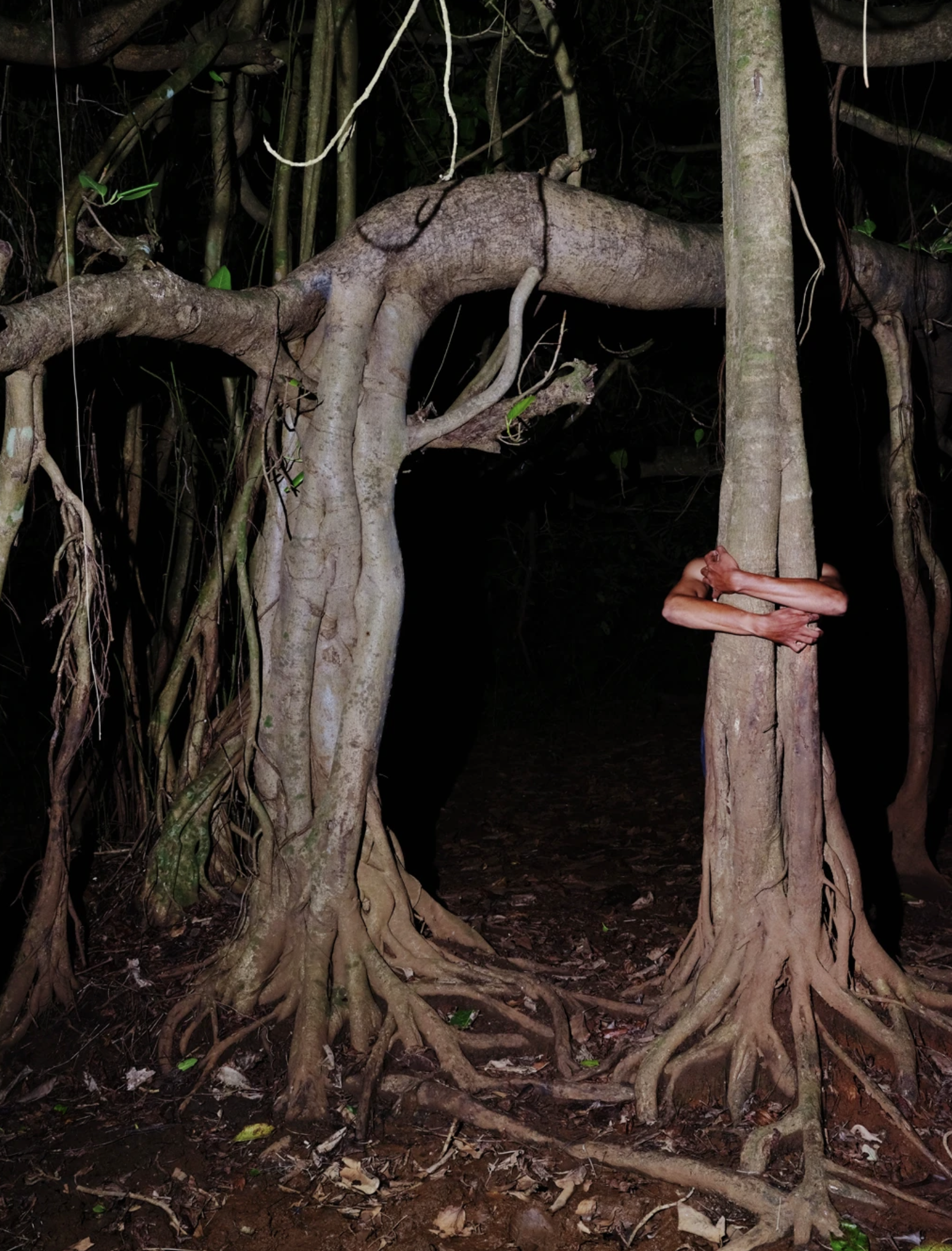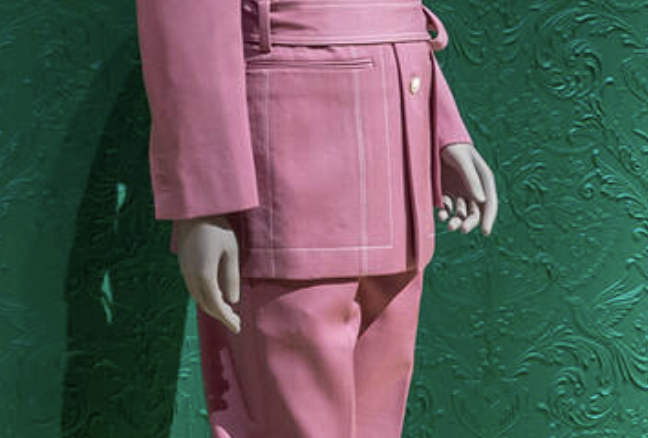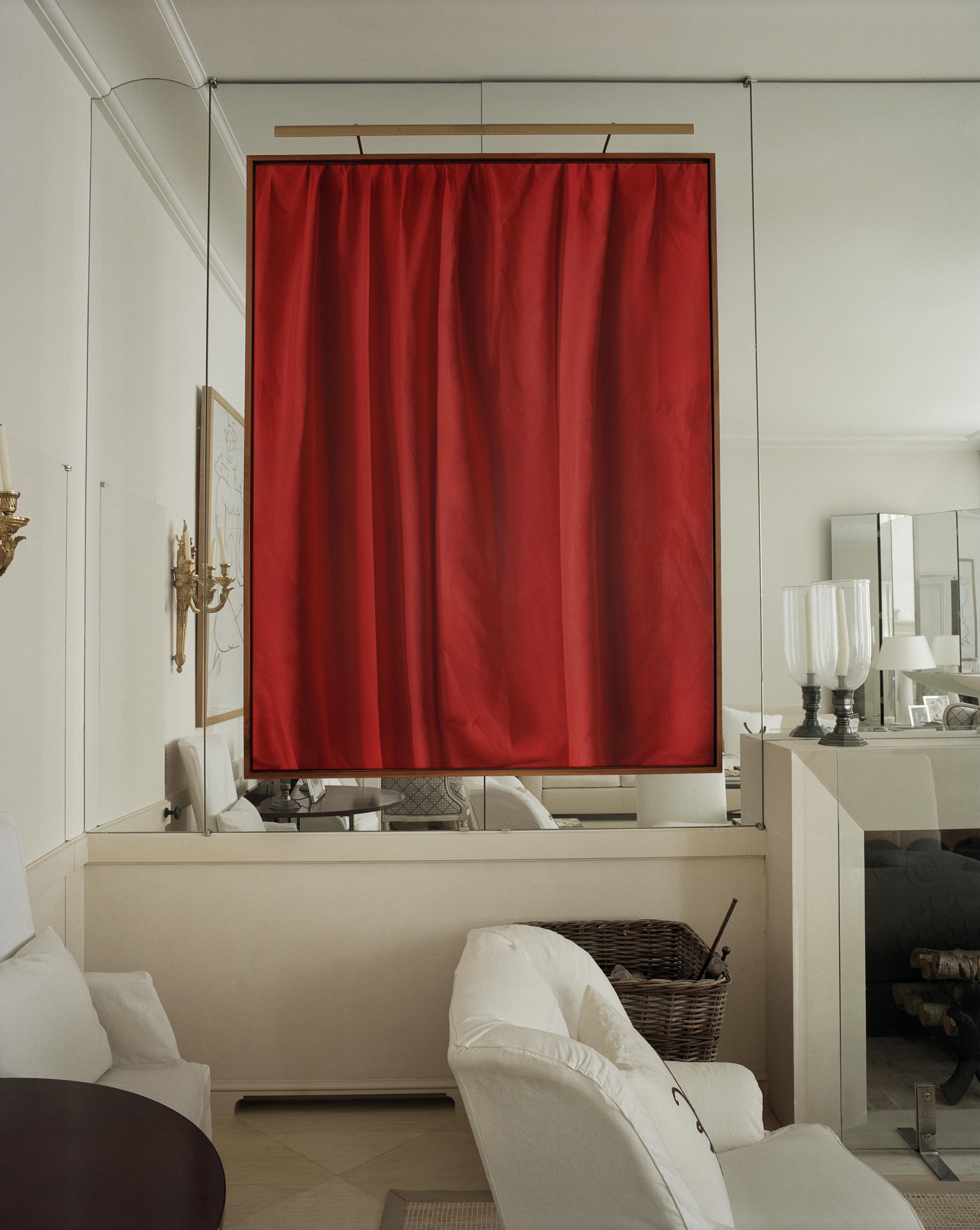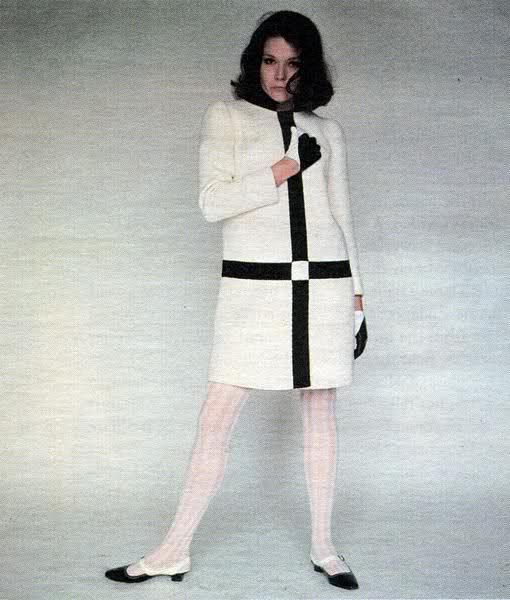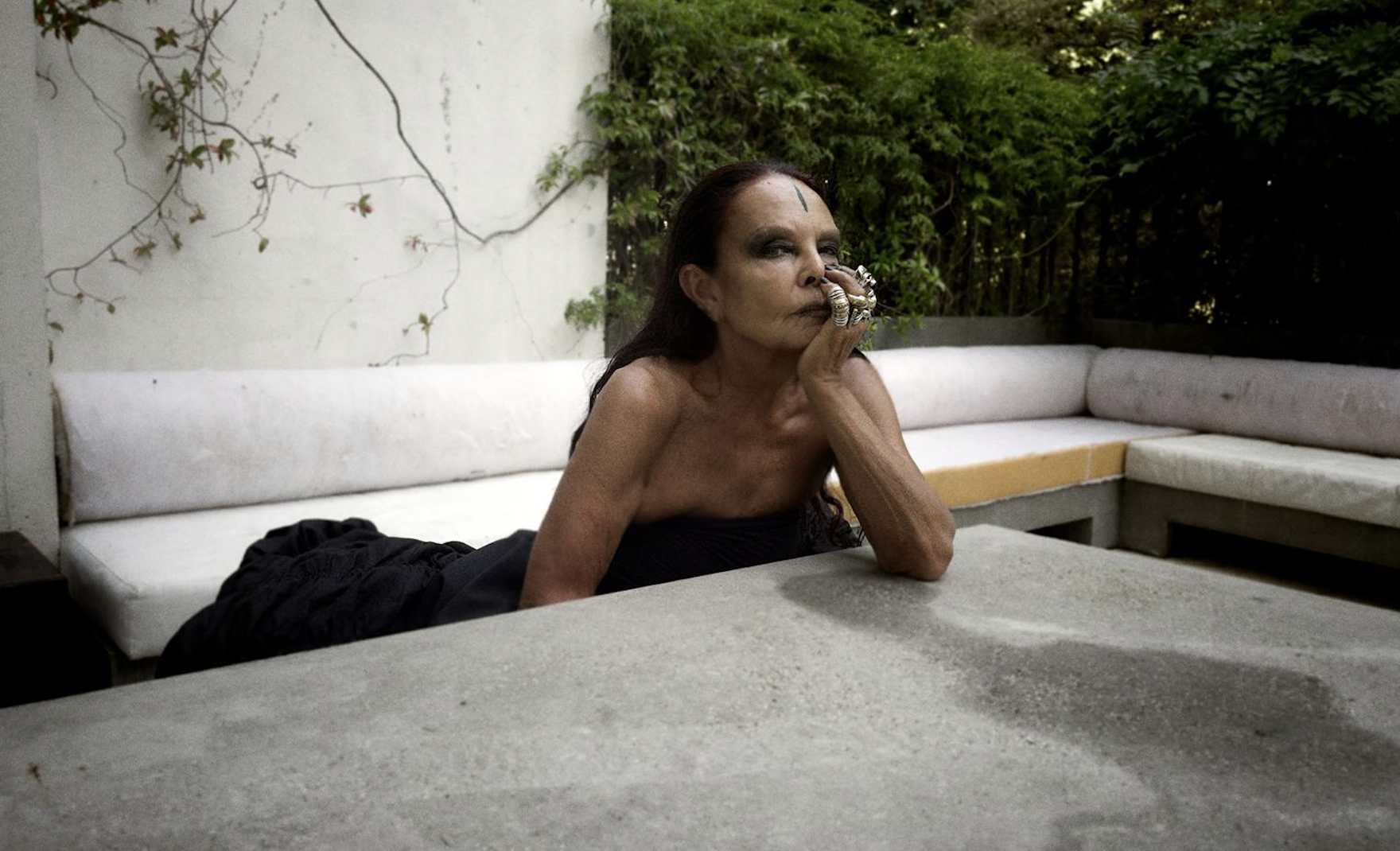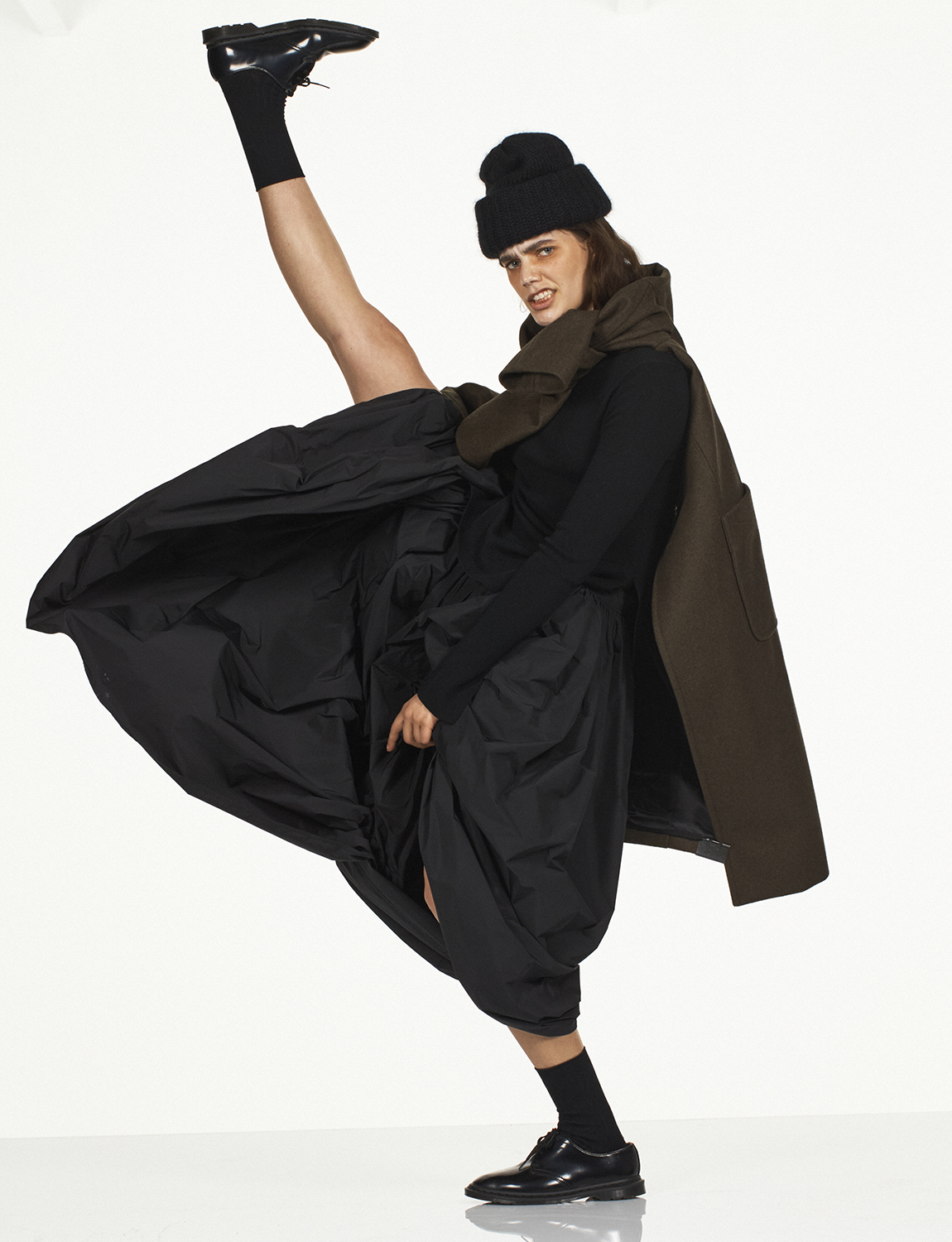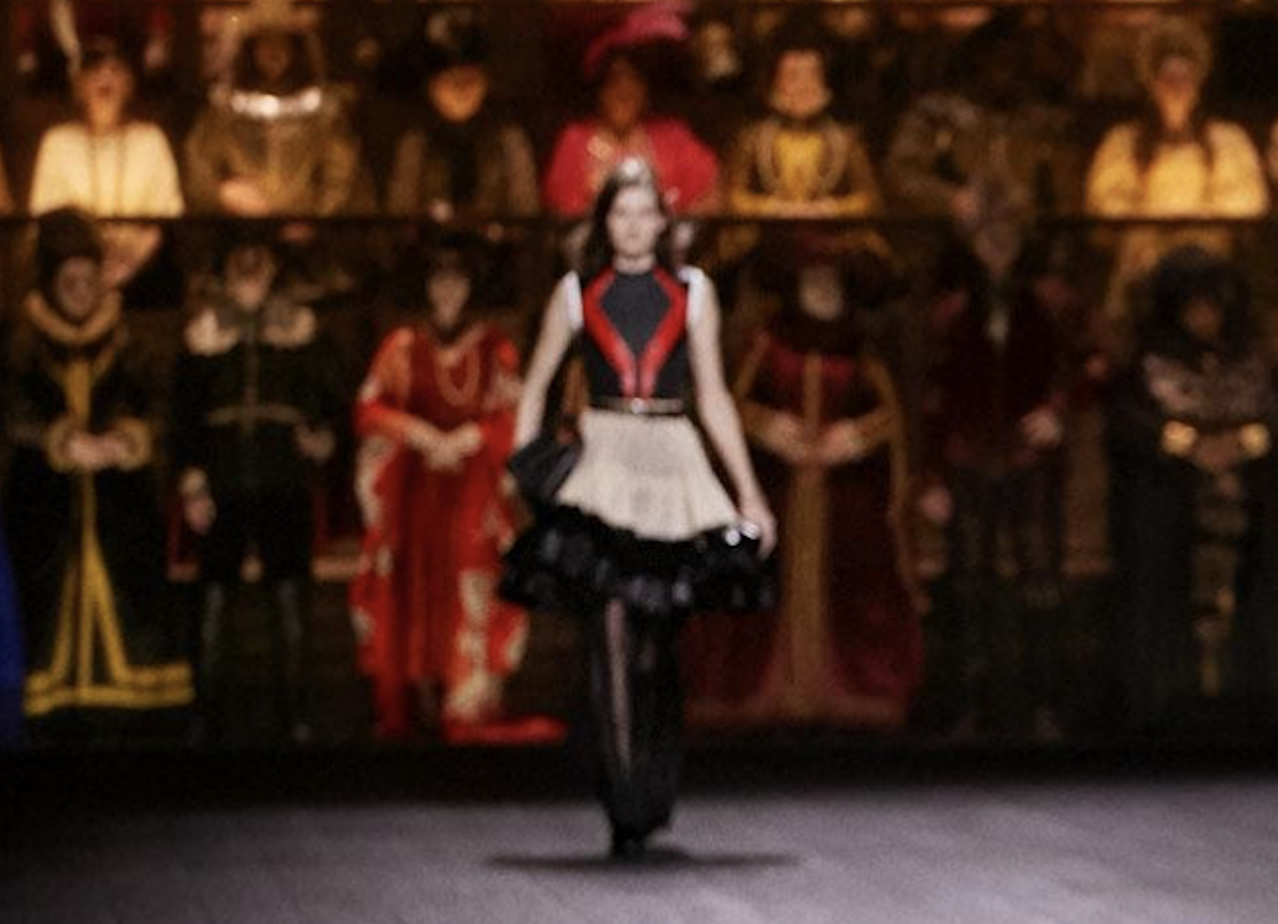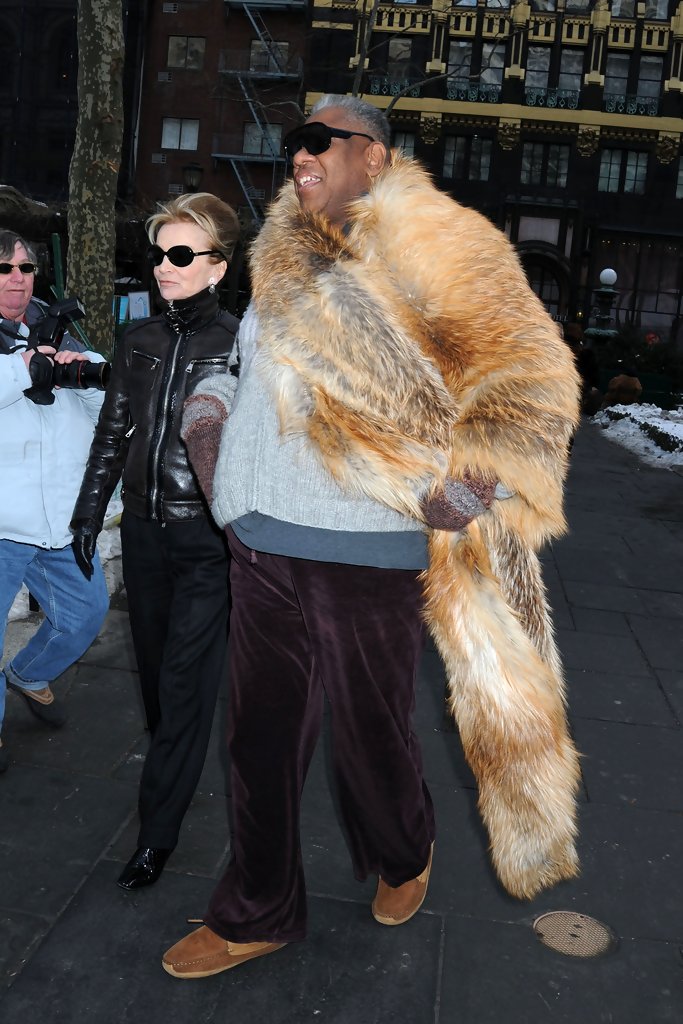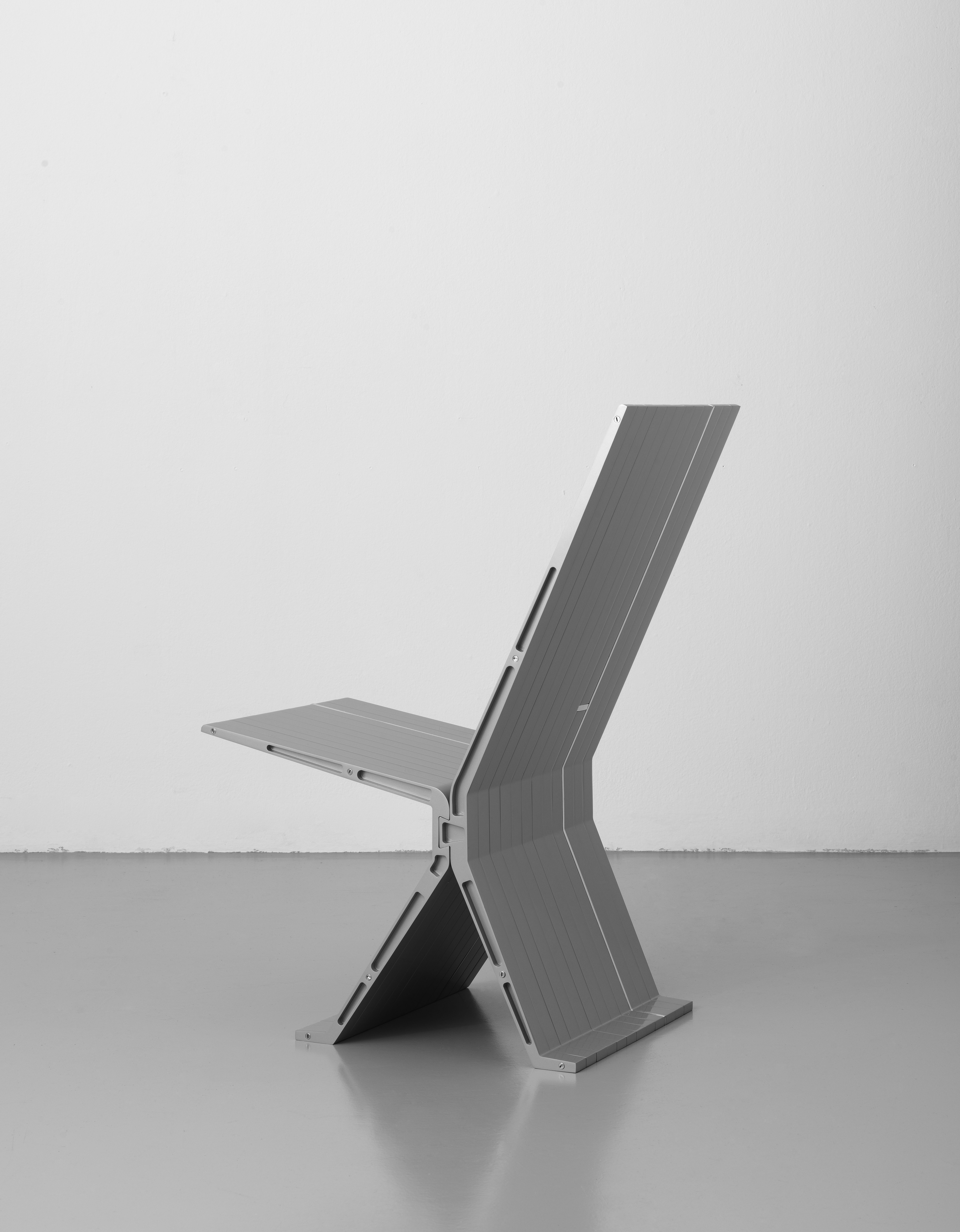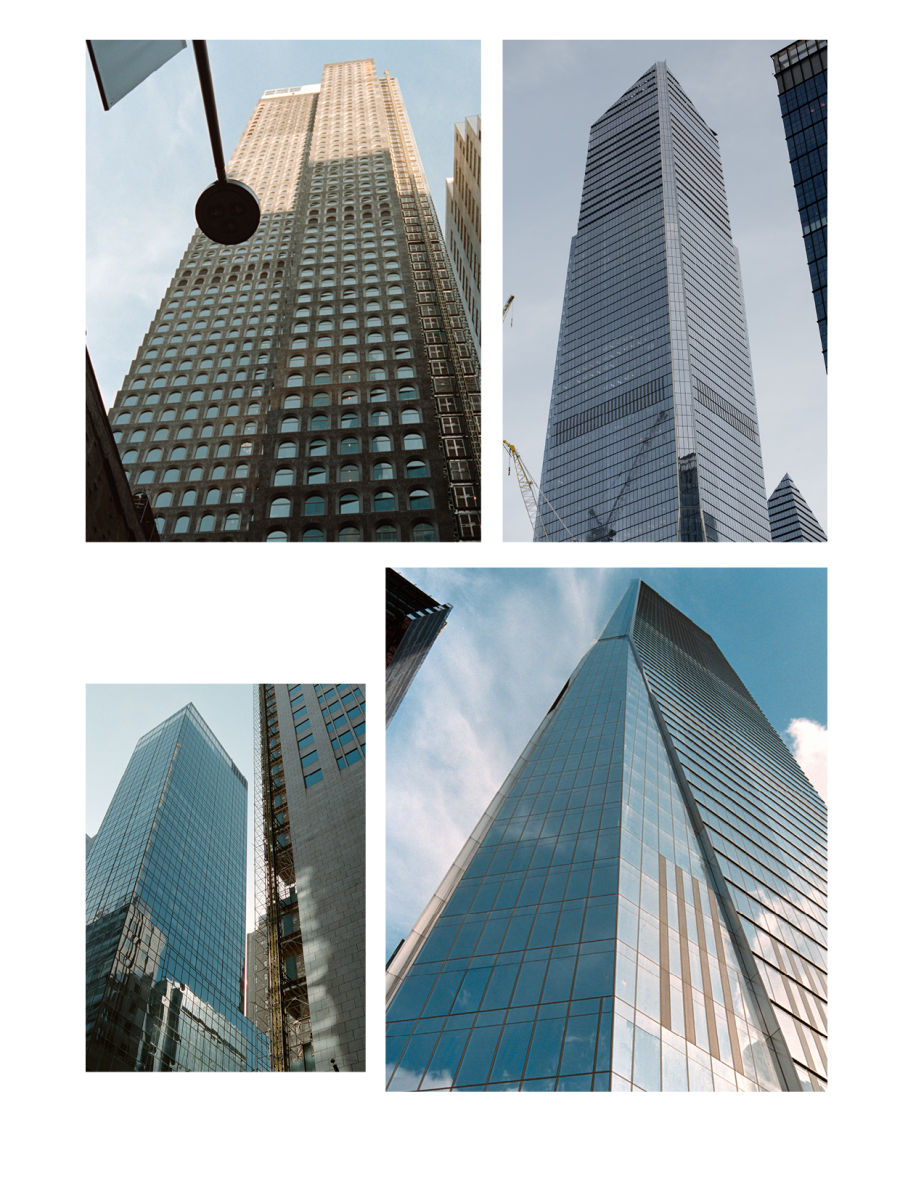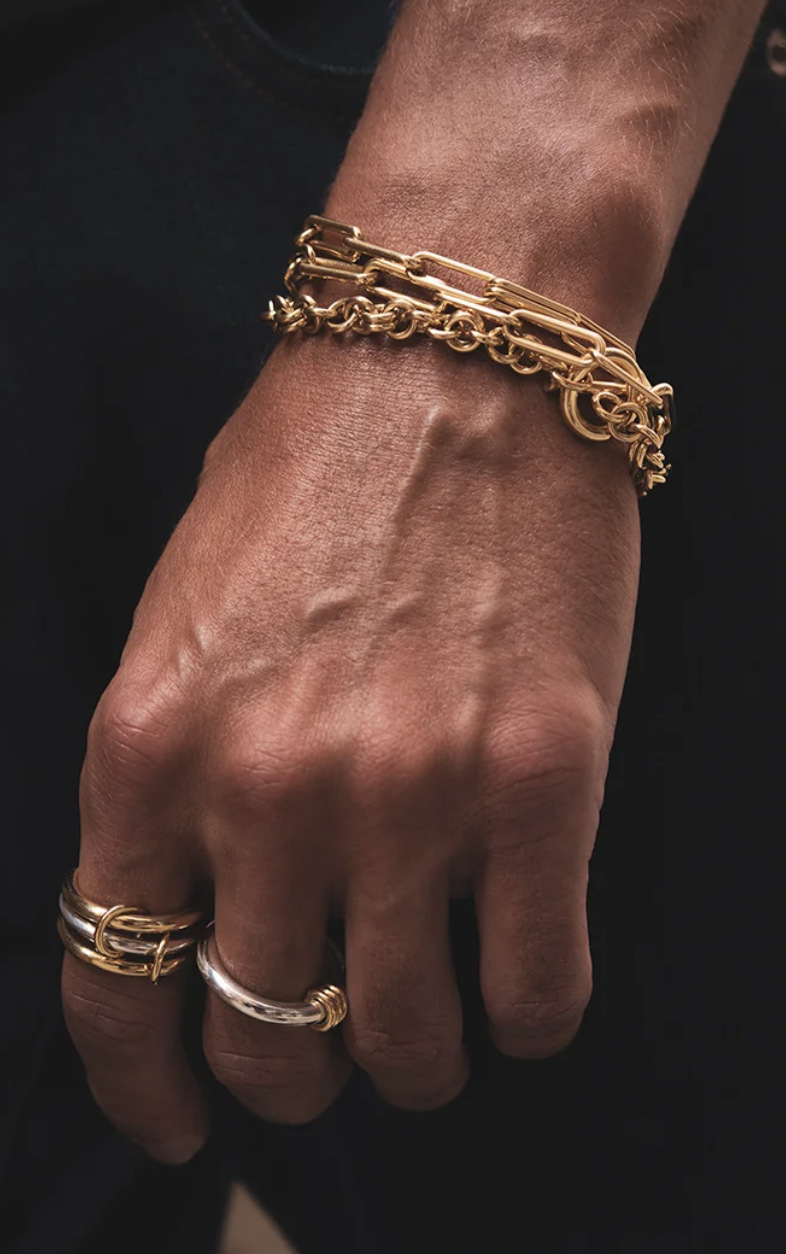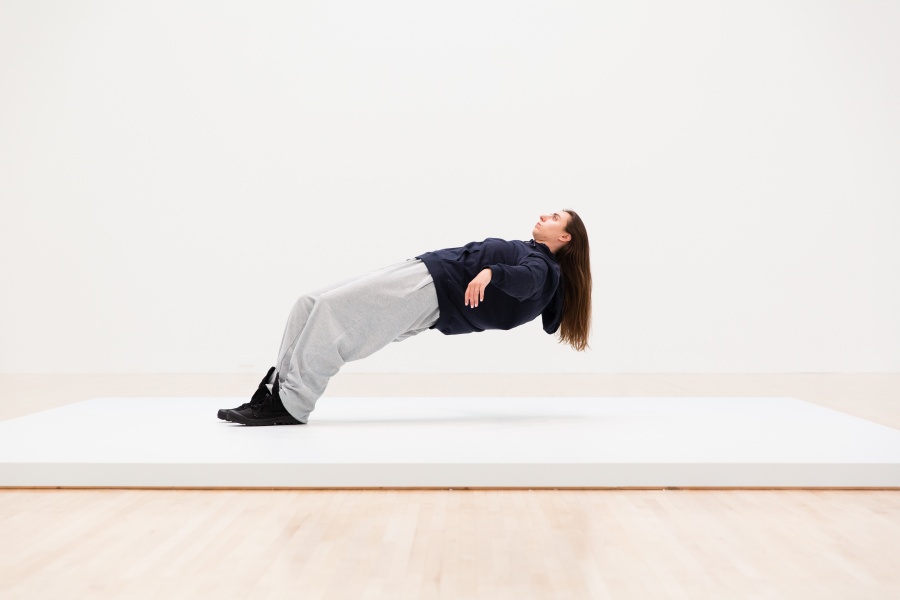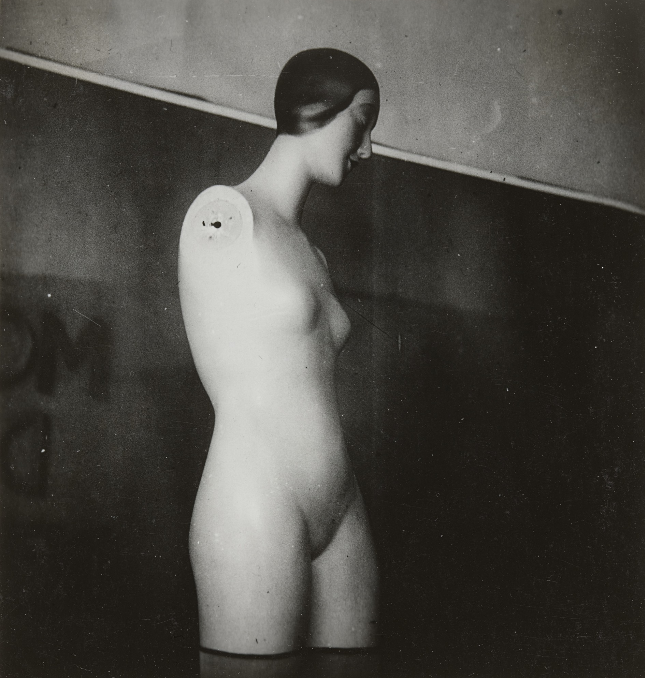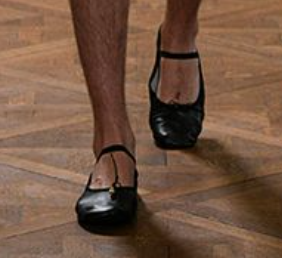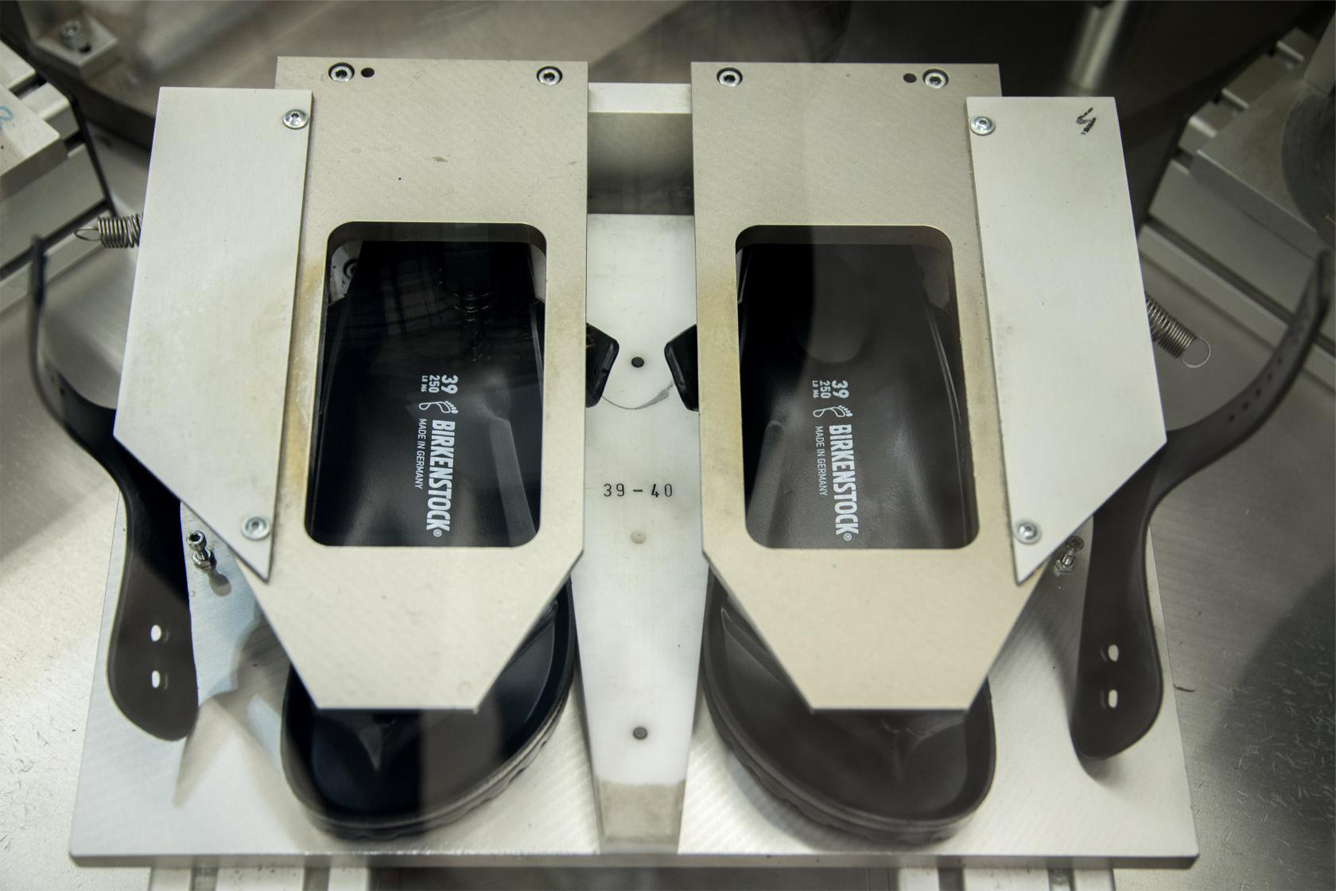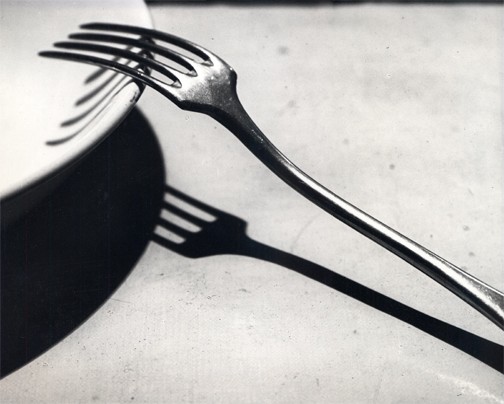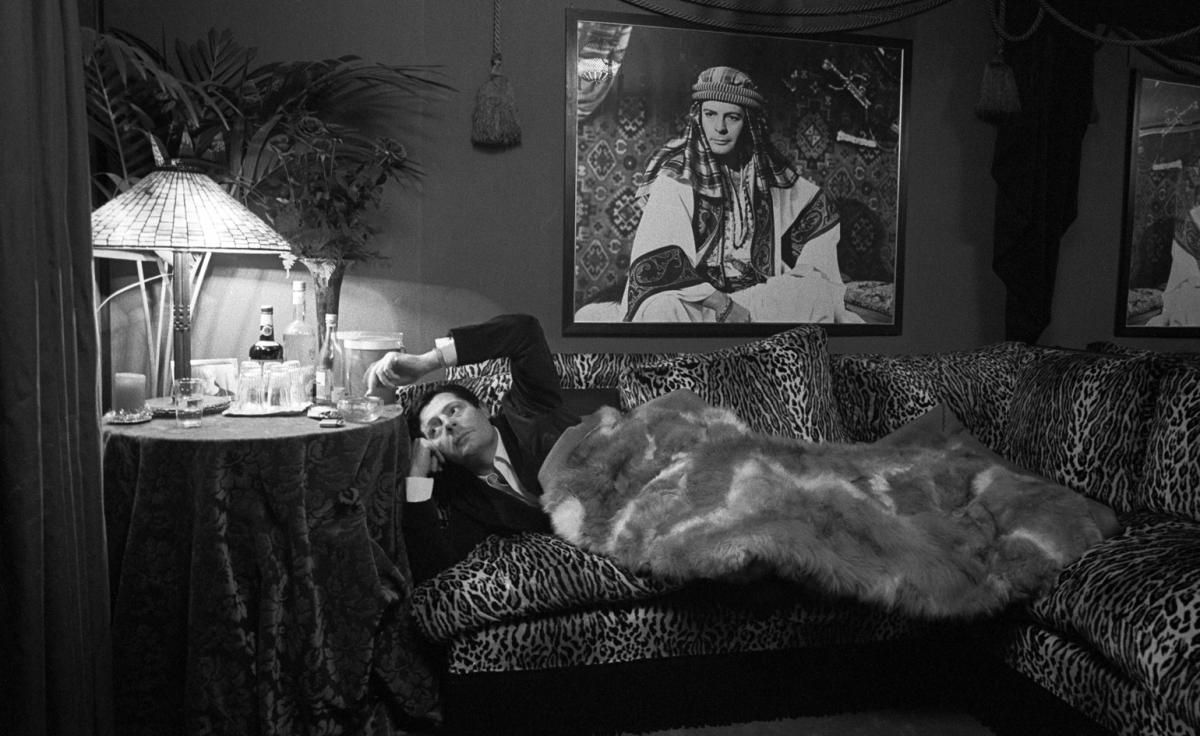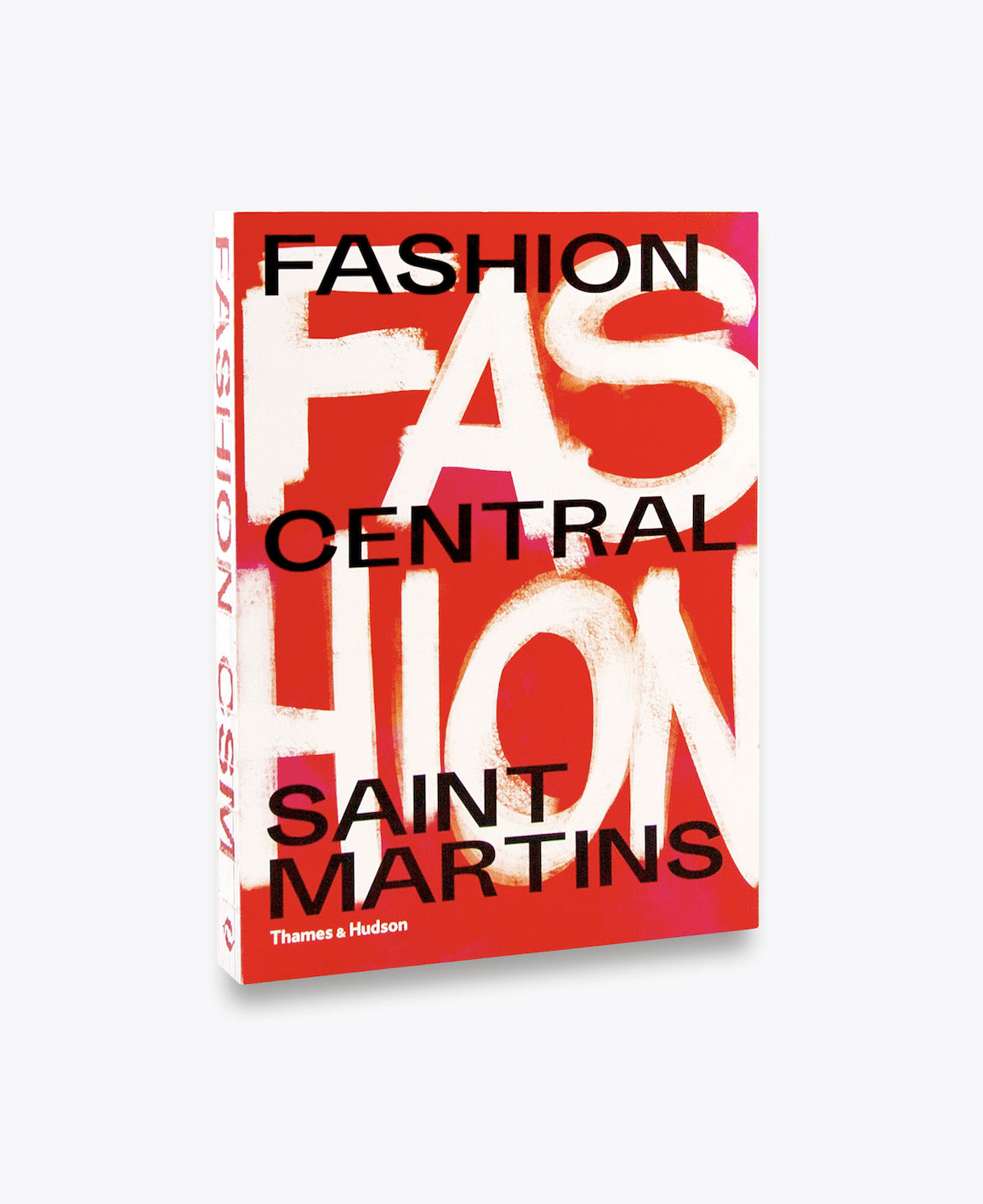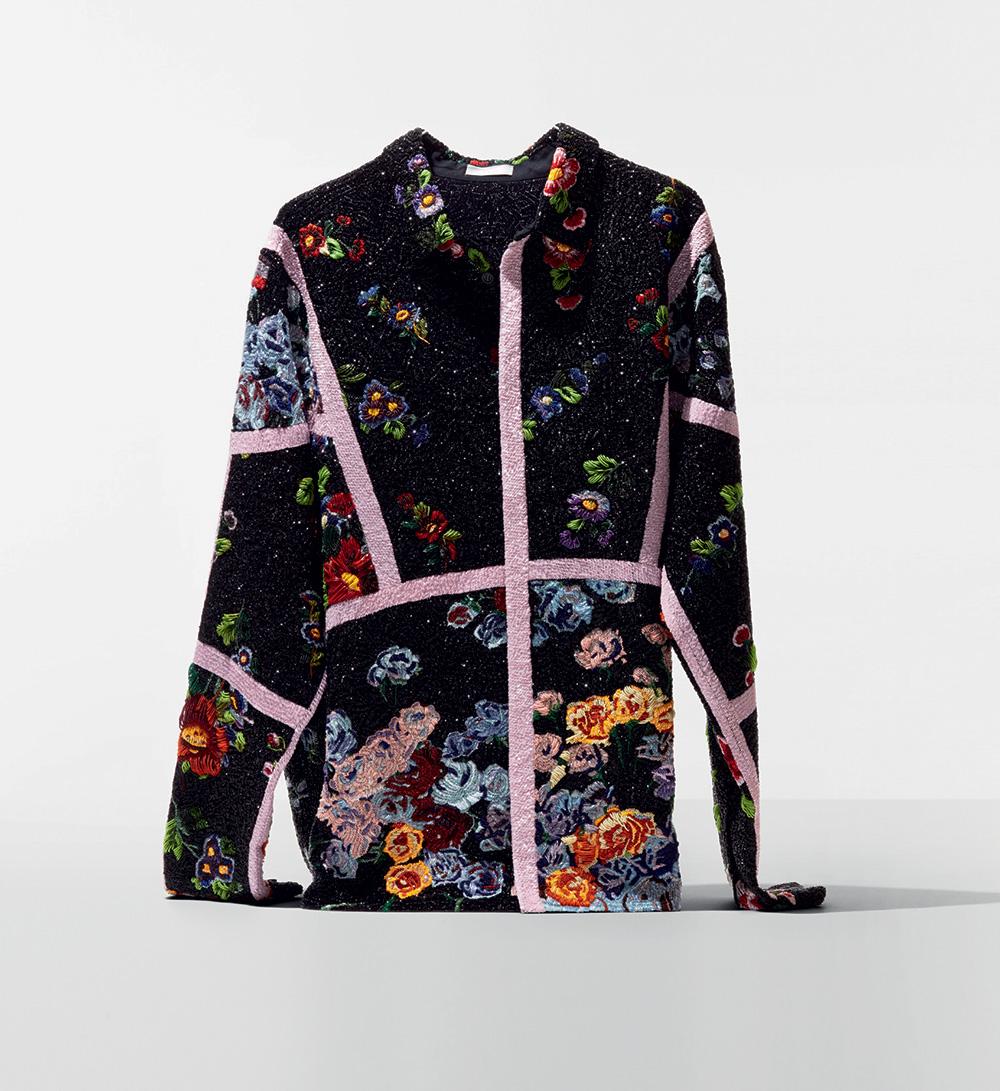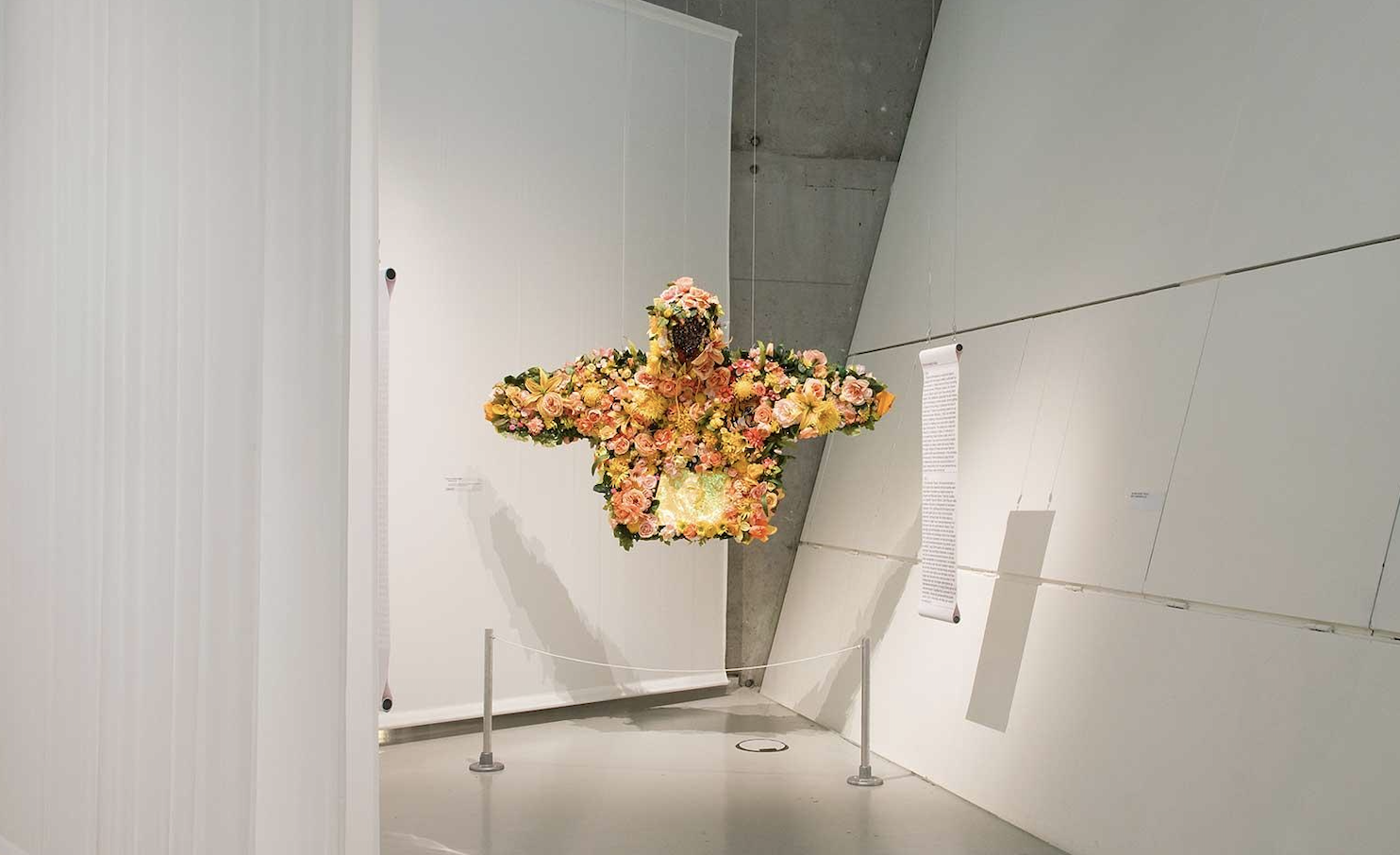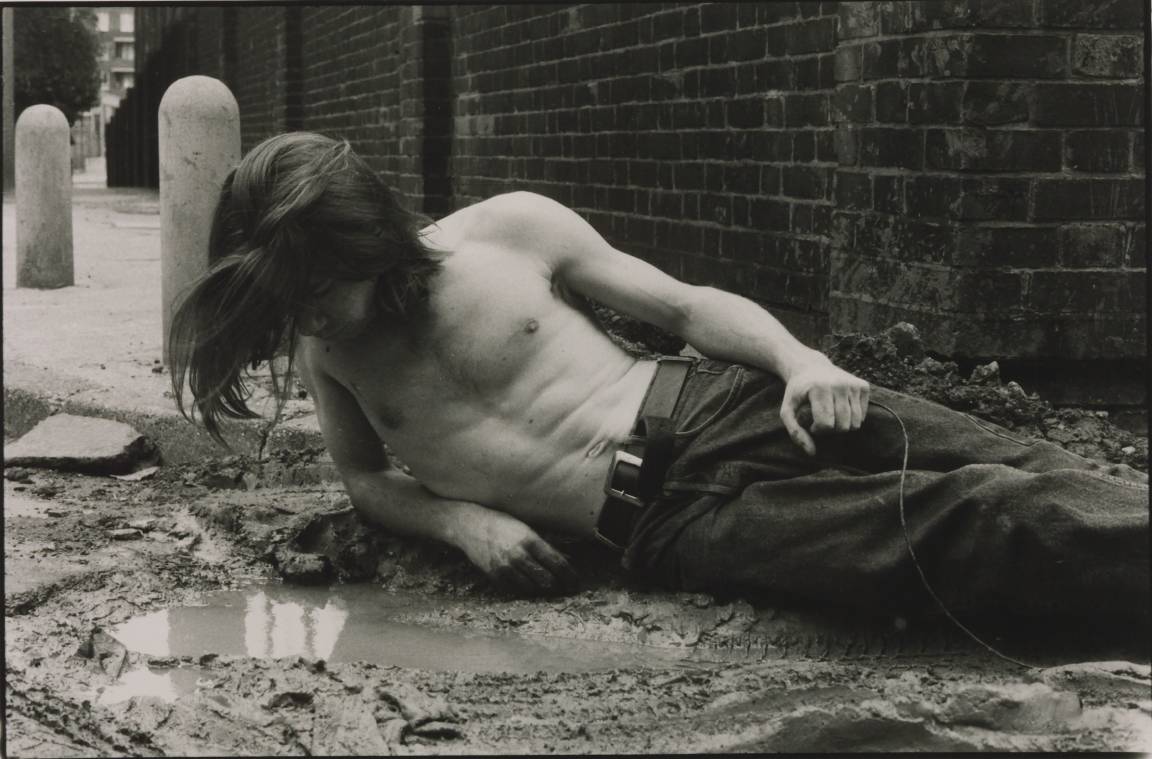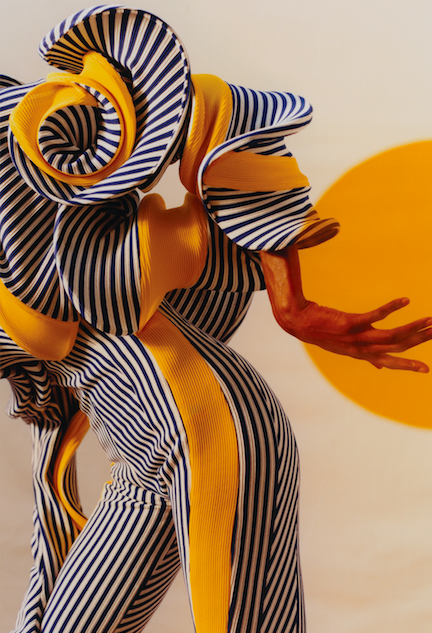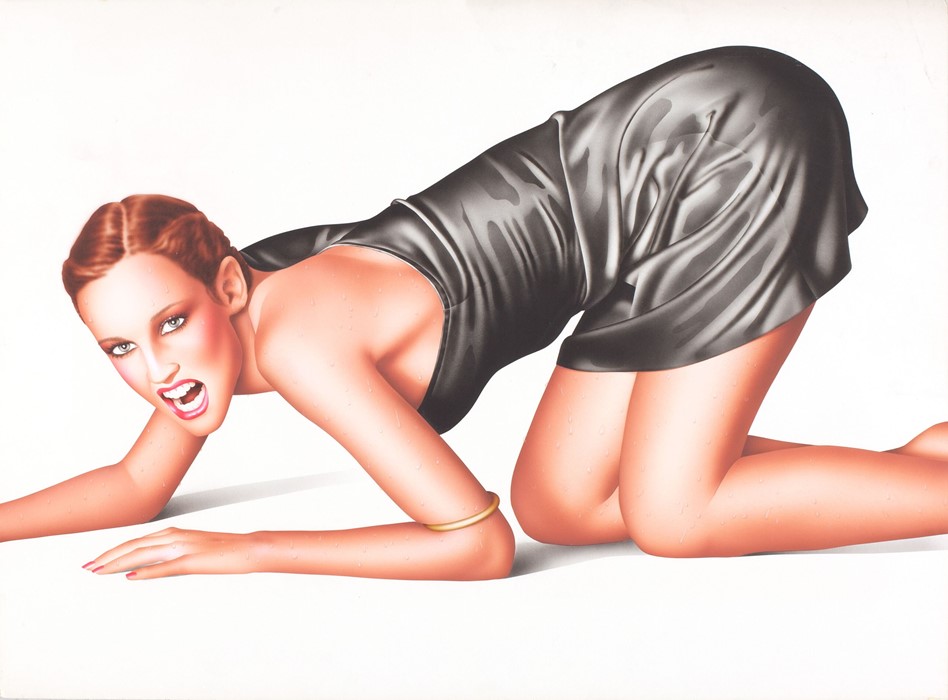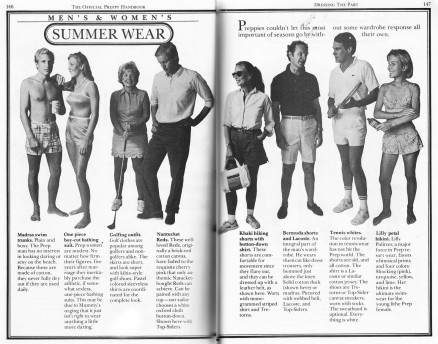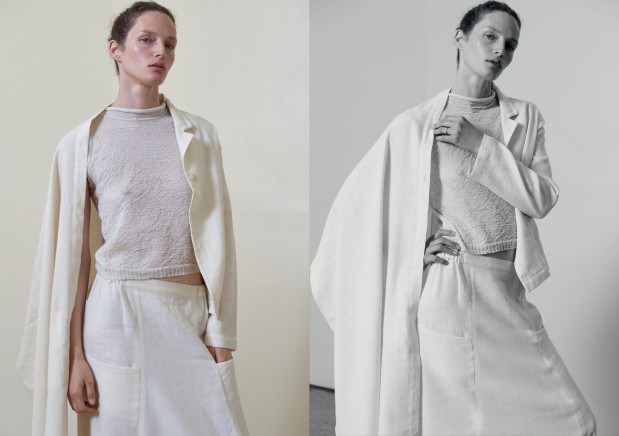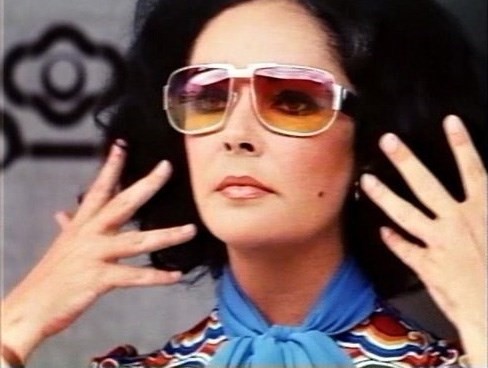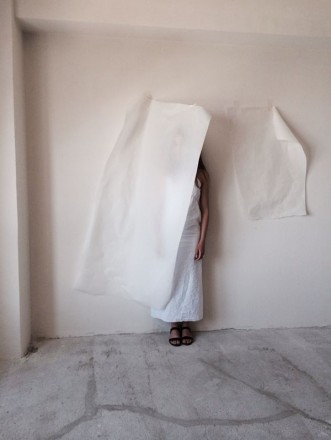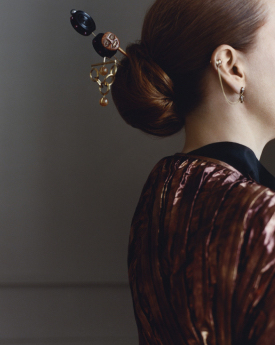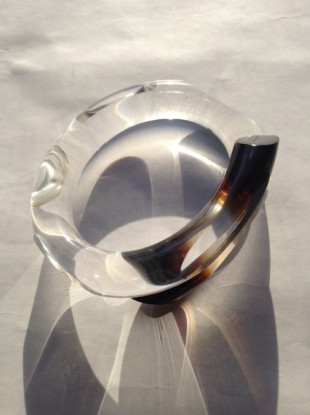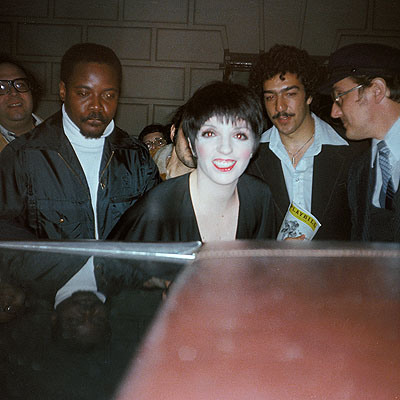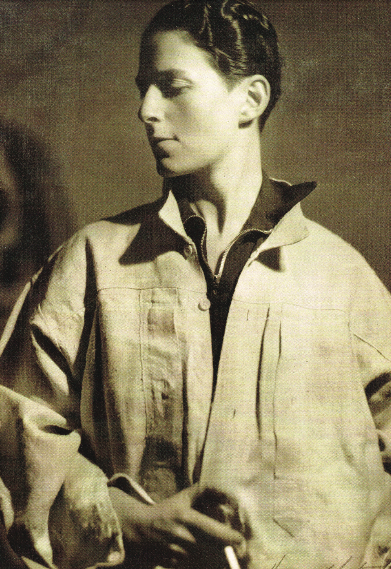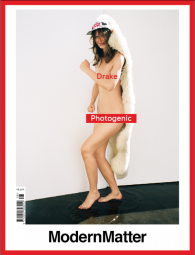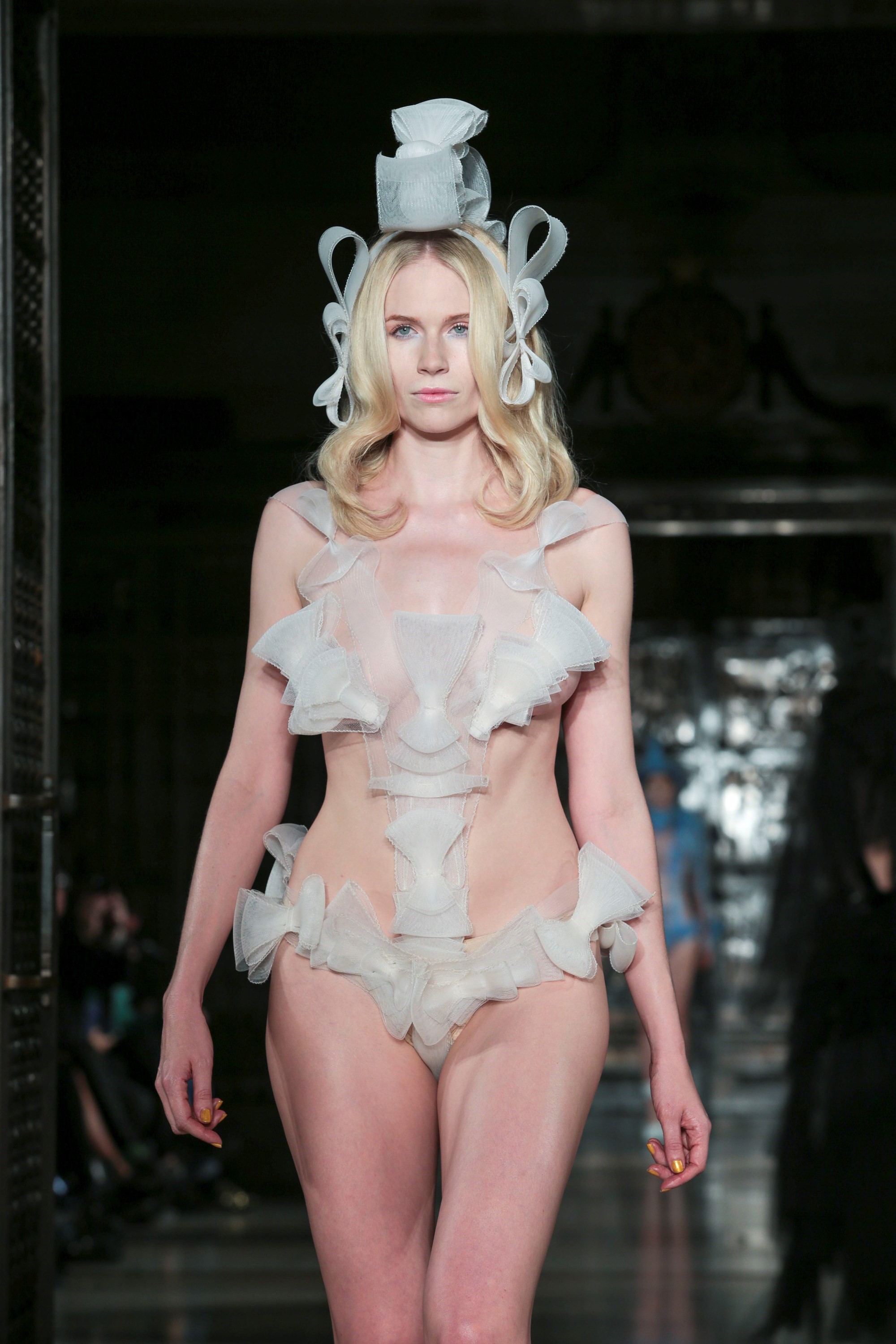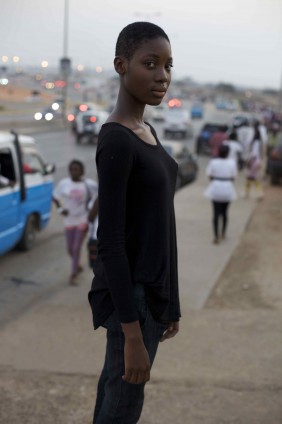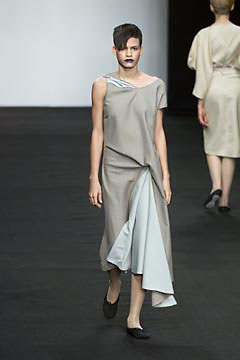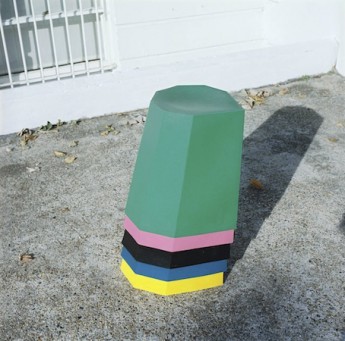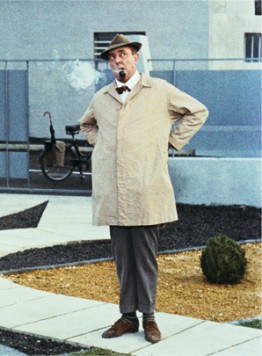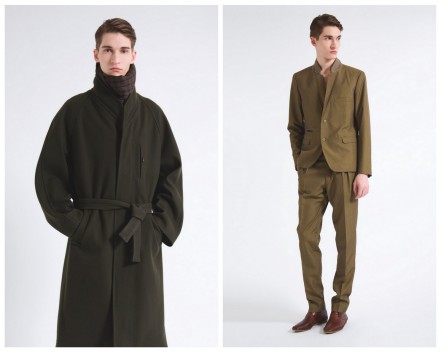Body Culture
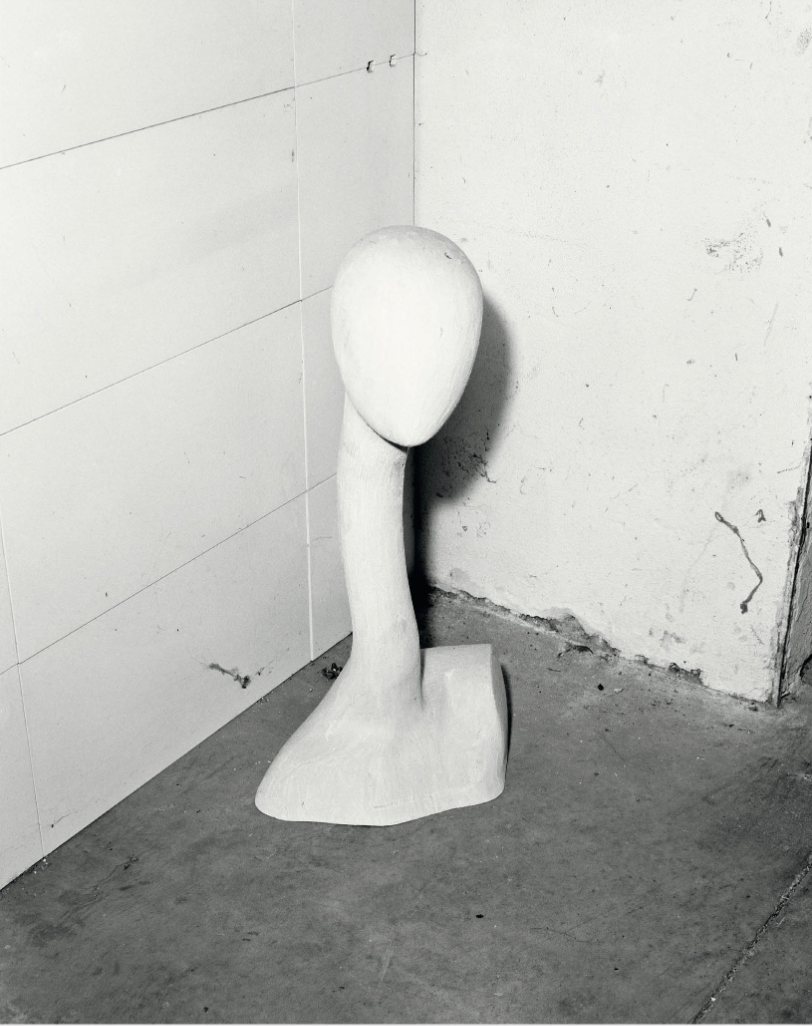
Milanese mannequin maker La Rosa – producer of fashion display models since the 1920s – is combining artistry with modern technology to smarten up the shop dummy’s act
From Versace’s Dionysian disco to Armani’s greige getaways, Italian designers have made their name selling clothes with the lifestyle to match. This is the focus of Italiana: Italy Through the Lens of Fashion, 1971-2001, an exhibition curated by Maria Luisa Frisa and Stefano Tonchi, on show until 6th May at Milan’s Palazzo Reale. Across nine rooms, mannequins stand draped in iconic pieces by the likes of Walter Albini, Gianfranco Ferré, Gucci and Prada. They are elegant effigies and exemplars of Made in Italy know-how. Anonymous yet distinct, 150 of the mannequins were crafted at La Rosa, a company that has been hand-finishing models in Milan since 1922, thus helping shape the story of Italian fashion.
![Photography by IMAGE GROUP]()
The business came into the Rigamonti family in 1969, when it was bought by a busy housewife with a head for figures. Rachele Rigamonti was juggling motherhood with hours at her husband’s accountancy firm when she purchased the small factory in Palazzolo Milanese. For decades it transformed shop windows with display dummies modelled on the beauties of silent cinema. Rigamonti modernised the manufacturing process, while proudly retaining all elements of production in Italy.
Her son Gigi is now president of the company. He took over the business in the 1980s, fresh from a stint in London studying sculpture and painting at the Royal College of Art. Changing the company’s name from Rosa Manichini to the more evocative La Rosa, he was eager to create a new dialogue between the dream and display of fashion. ‘I wanted to change direction from something lifelike to something more abstract,’ he says.
![Photography by IMAGE GROUP]()
![Photography by IMAGE GROUP]()
Gigi’s radical forms offered an alternative to the recognisable hand of Adel Rootstein, the London-based designer who made her name in the early 1960s creating lifelike replicas of famous women from Twiggy to Cher. Inspired by ancient mythology and modernist art, Gigi encouraged a new look for many luxury boutiques. In 1989, for instance, he created Tosca – an opulent, athletic bust that greeted visitors to all of Gianni Versace’s stores across the world. La Rosa’s two factories, in Palazzolo Milanese and Varedo, cover 10,000 sq m combined, with around 60 staff, and are able to produce anything up to 4,000 mannequins a month. Scattered across the reception are a number of dismembered heads, busts and hands of all sizes – from the gamine showgirls of the 1930s to the lithe supermodels of the 1990s, La Rosa has marked changing standards of beauty for close to a century.
![Photography by IMAGE GROUP]()
In a room dedicated to make-up and hair, an artist expertly wields both paintbrush and hairbrush to the din of Italian pop music; elsewhere, hot liquid rubber is poured into steel moulds to form legs and arms. ‘A mannequin is a body, so over time it changes a little bit, and make-up, too. But what has really changed is how mannequins are being used,’ Gigi says. ‘Everything is much more neutral today. Architects are also more involved. Brands are opening in many countries and everything inevitably begins to look the same wherever you go.’ The power of the brand has created a culture of bland.
![Photography by IMAGE GROUP]()
In 1996, Gigi’s son Mattia joined the firm as CEO and instigated a quiet revolution matching modern manufacturing with an artisanal finish – everything is still touched by human hand. Mattia is as methodical as his father is madcap. ‘You need to have a passion, but we are always working on how to show ourselves in different ways,’ he says. He has made the production cycle more sustainable, too. ‘Until 2000, we were making the moulds through foundry cast, the same way you would cast bronze, but this created so much pollution that we had to find a new way.’ Today, prototypes are first sculpted by hand in plasticine and then 3D-scanned.
![Photography by IMAGE GROUP]()
A bank of milling machines then uses this data to create the aluminium moulds into which molten plastic is tipped. A La Rosa mannequin can cost anything between €700 and €1,200. Handled with care, it will last for up to ten years. At present, La Rosa has around 800 items in its catalogue, including a new patented system that allows for a figure to be fixed in five different positions at the push of a button. The archive includes bespoke creations for Gianni Versace, Giorgio Armani, Valentino, Nicolas Ghesquière and Alber Elbaz. Set upright in the corner of Gigi’s chaotic office is a 6ft form made up of linen-covered ovals and triangles reminiscent of a sculpture by Brâncuși. Tastes may be flat-lining, but creating display mannequins in a world full of digital avatars has given Gigi a new frontier to cross. ‘In the 1960s, we introduced blow-moulded plastic, which was much more modern. Today, we’re using anti-shock plastic that is 100 per cent recyclable. We had to adjust our systems, but now we can remould and recast everything we make – we can keep remaking and remaking,’ he says. ‘Innovation is expensive. But it cannot stop.


